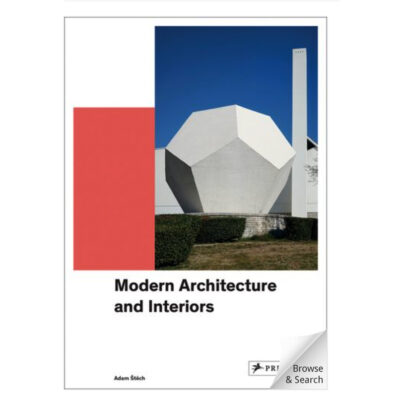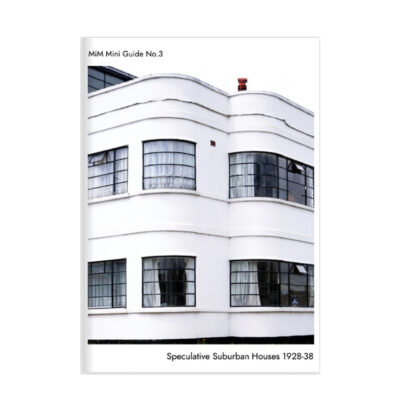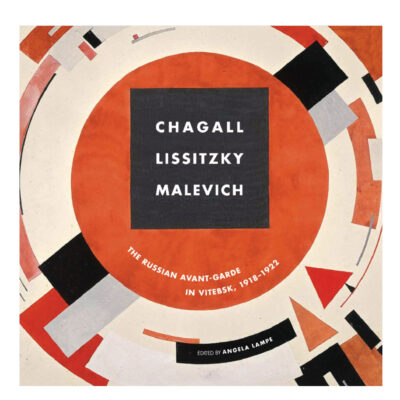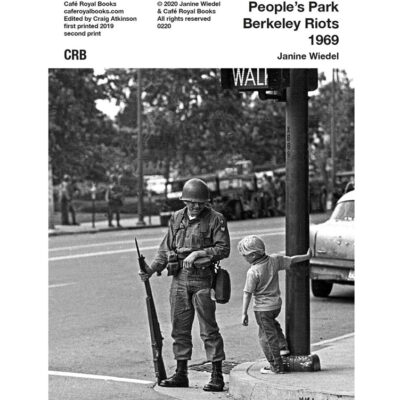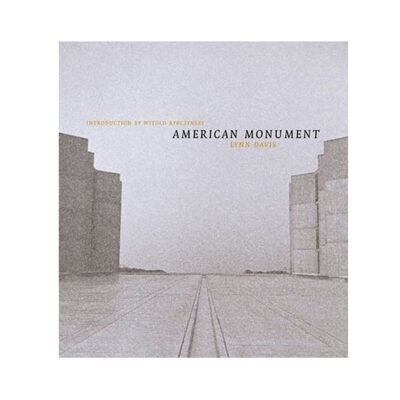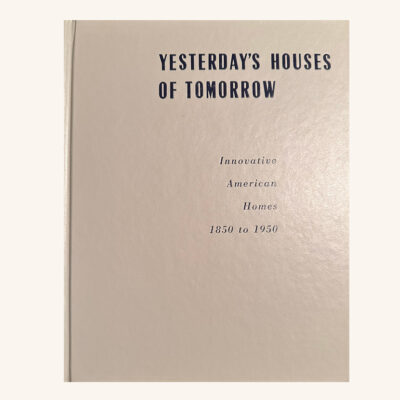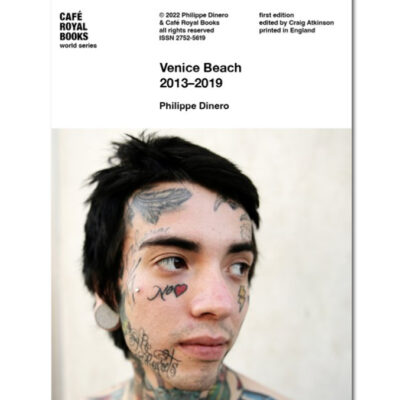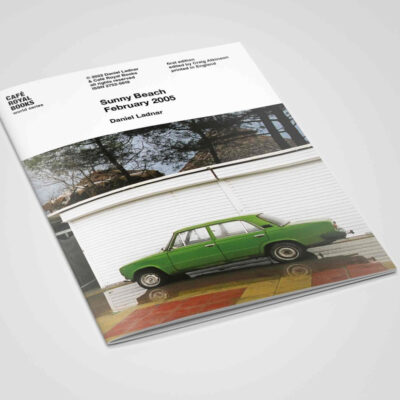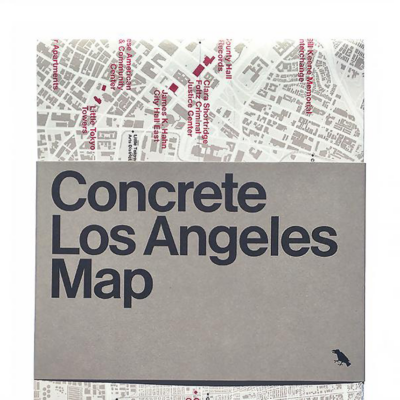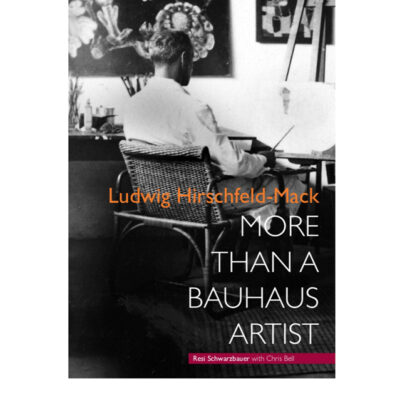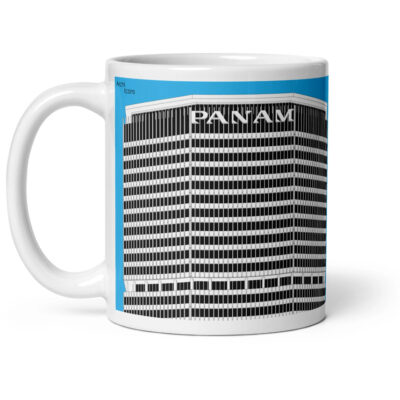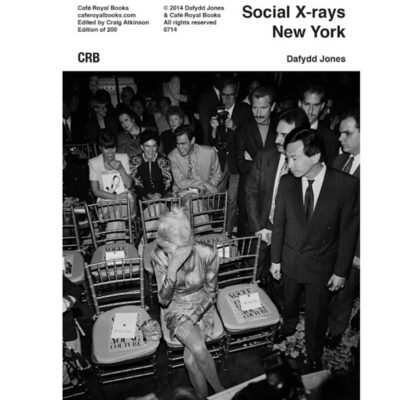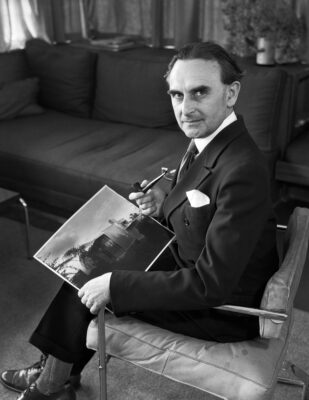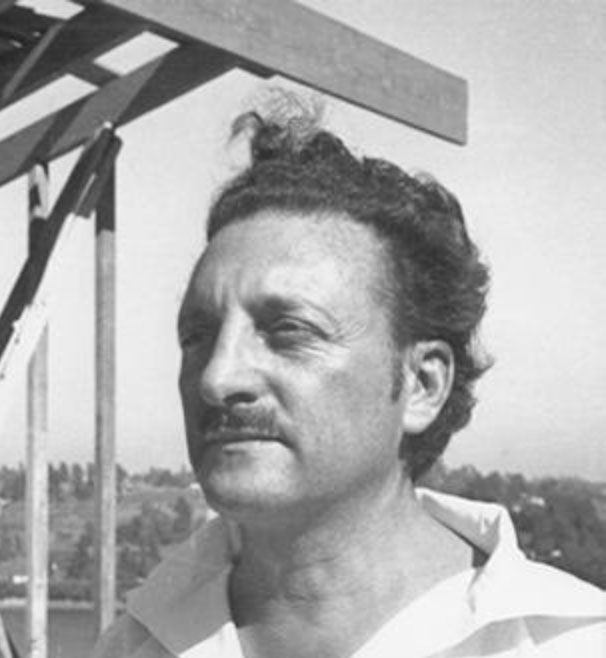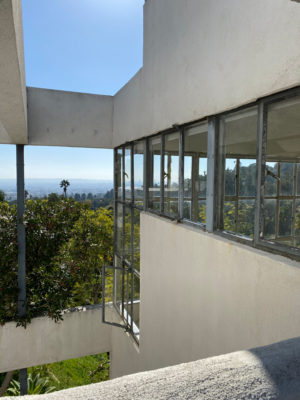Sunseekers: The Immigrant Architects That Created Hippie California
The Making of Lovell Health House
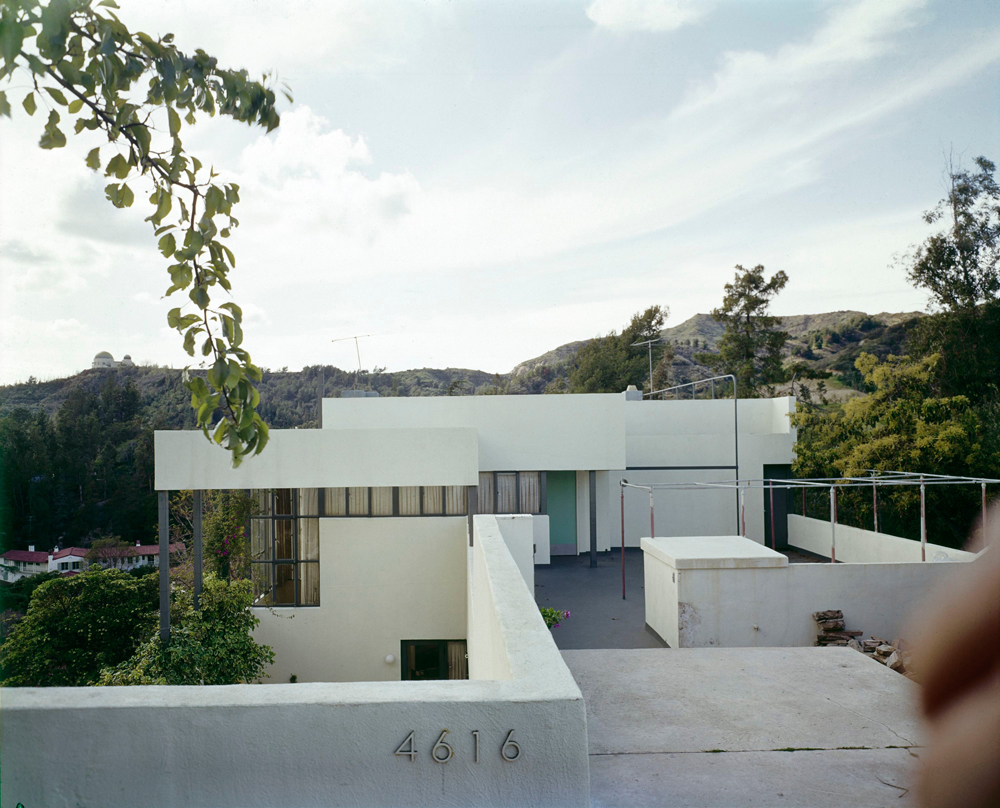
Image 1) © J. Paul Getty Trust. Getty Research Institute, Los Angeles (2004.R.10)
Turn of the Century Southern California was a place where aspirations and dreams slotted together with the search for a new and healthier way to live, with more space and more sun… to get out of the clutches of TB, which was ravaging overcrowded cities. Being big fans of modernist architecture, we were always going to find our way to Lovell Health House and Lovell Beach House. Both houses are known to fans of American modernism for their design, but not many know the background story as to why they were built and who precisely Dr Philip Lovell was. When writing about the Hollywood Hills, it’s too easy to fall back on the assumption that anything grand and modernist was designed for a movie director, Queen, or King of the silver screen. But actually, the early modernist buildings in the late 1920s were the domain of the new-age healthy-living crowd.
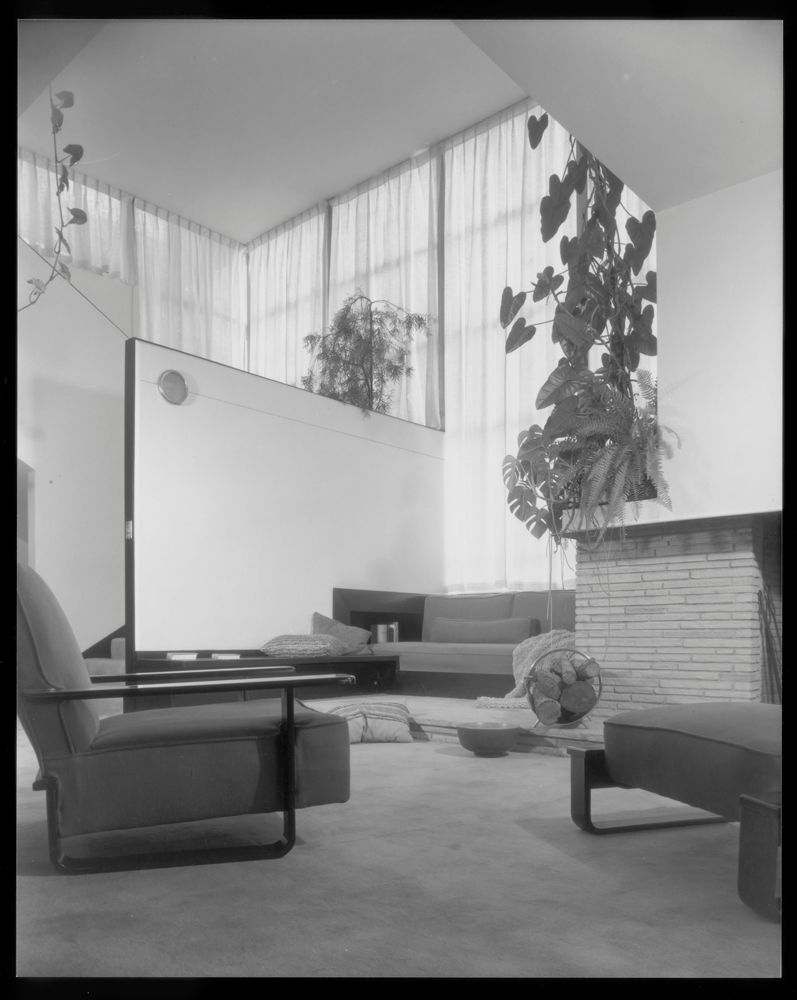
Job 761: Lovell House (Los Angeles, Calif.), 1950, 1965, 1967 Julius Shulman, photographer © J. Paul Getty Trust. Getty Research Institute, Los Angeles (2004.R.10)
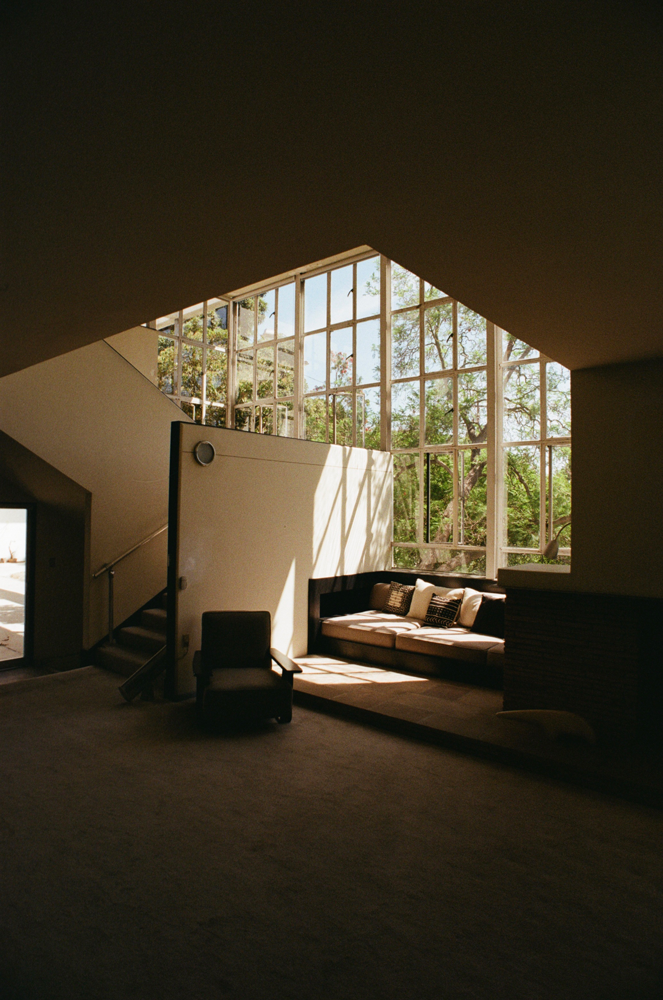
Lovel Health House 2020 Ryan Soniat
Studio heads knew as cinema became a more and more powerful industry that their talent needed to glow, to be beacons of light, health and vitality … regardless of their real choices. Perhaps this could counter any stories that might find their way to Heda Hopper about some very different lifestyle moments and fitness regimes. For Morris Saperstein or Dr Phillip M. Lovell ND (Doctor of Naturopathy), Los Angeles was the perfect place to develop his ideas as he later self-styled himself. By the time he arrived in 1923, Los Angeles was already the centre of the universe for fans of ‘sunbaths’ (the dangers of overexposure to the sun were not known then) and advocates of a vegetarian or vegan raw food lifestyle. Lovell was already a strict vegetarian when he arrived. Within a few years, his career had taken off.
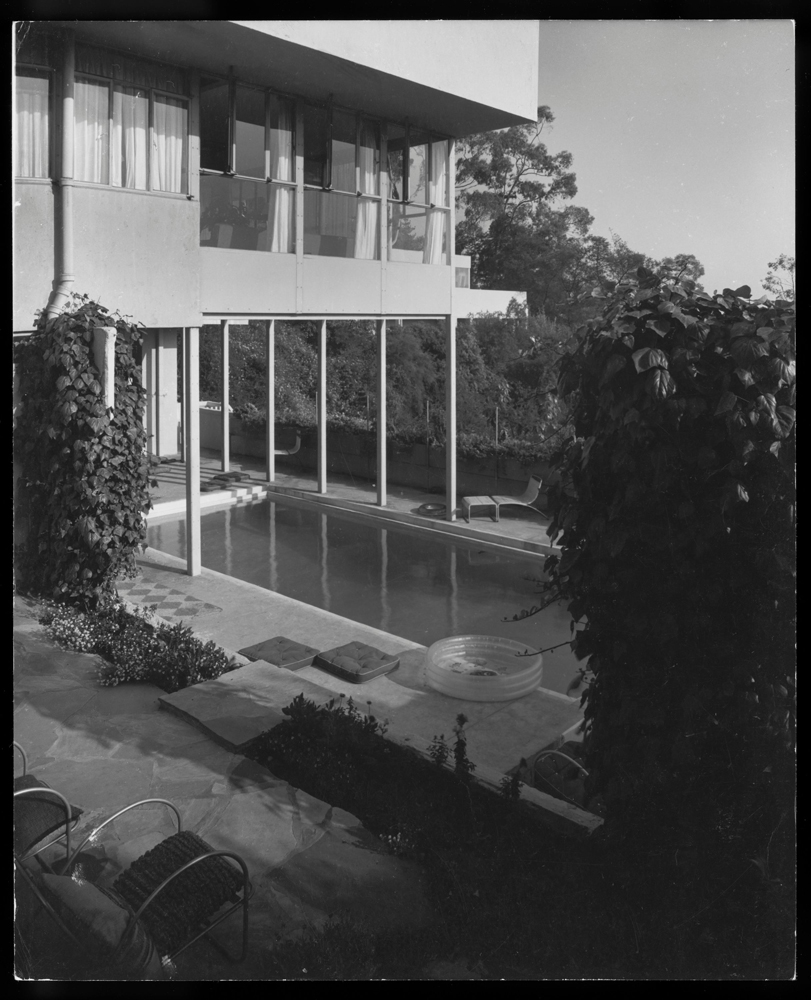
Job 761: Lovell House (Los Angeles, Calif.), 1950, 1965, 1967 Julius Shulman photography archive, 1936-1997. Series II. Architects, 1936-1997© J. Paul Getty Trust. Getty Research Institute, Los Angeles (2004.R.10).
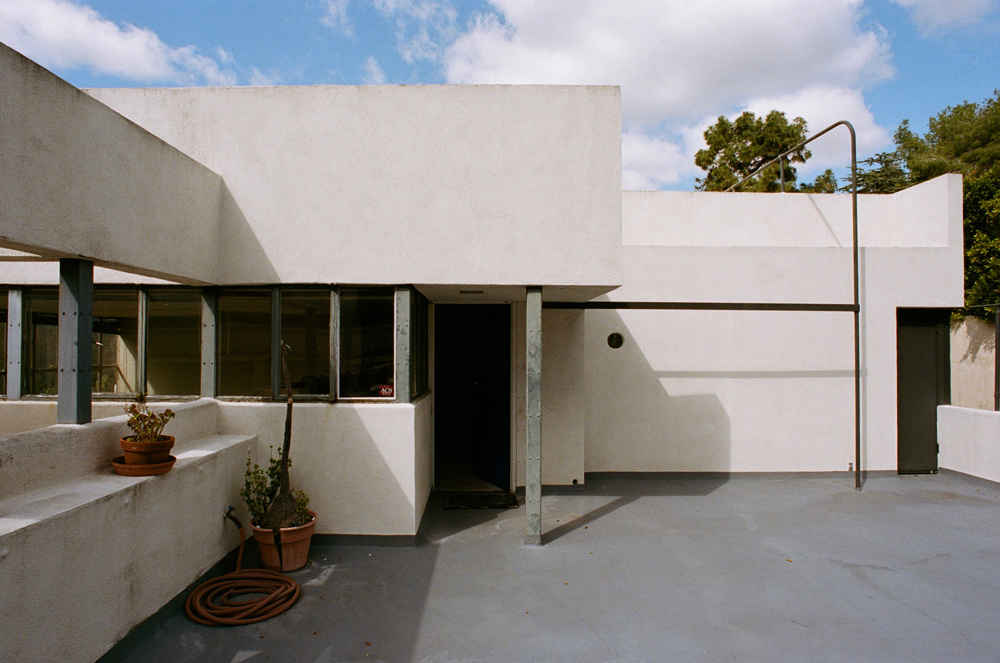
Lovell Health House Image Ryan Soniat 2020
Writer Lyra Kilston meticulously researched Saperstein for her book Sunseekers: The Cure of California, taking readers on a journey deep into the business of well-being. She explains Saperstein’s ‘weekly newspaper column in the Los Angeles Times had a large audience. He self-published and sold his books and ran a successful medical practice for many years. He was clearly a player, but was there substance to his beliefs? Lyra thinks, ‘Some of them, yes. Others were completely wacky and unfounded’.
The natural (forgive the pun) next step for this, by now well-known broadcaster, was to have houses designed by Neutra and Schindler, who fully understood how to interpret his requirements. What they created were homes that were profoundly different from any of the surrounding properties. Lyra goes as far as to say that they were ‘Shockingly unusual. Spanish revival, Art Deco, and Storybook were more common. In these two architects, steeped in European culture, Dr Lovell had found designers whose deeply held beliefs about modern buildings chimed well with his. Theirs was the feeling of the age. Today, many of those ideas are frankly mainstream.
Corbusier, across the Atlantic was thinking along similar lines;
“The machine that we live in is an old coach full of tuberculosis … where as the modern house is a [health] machine for living”
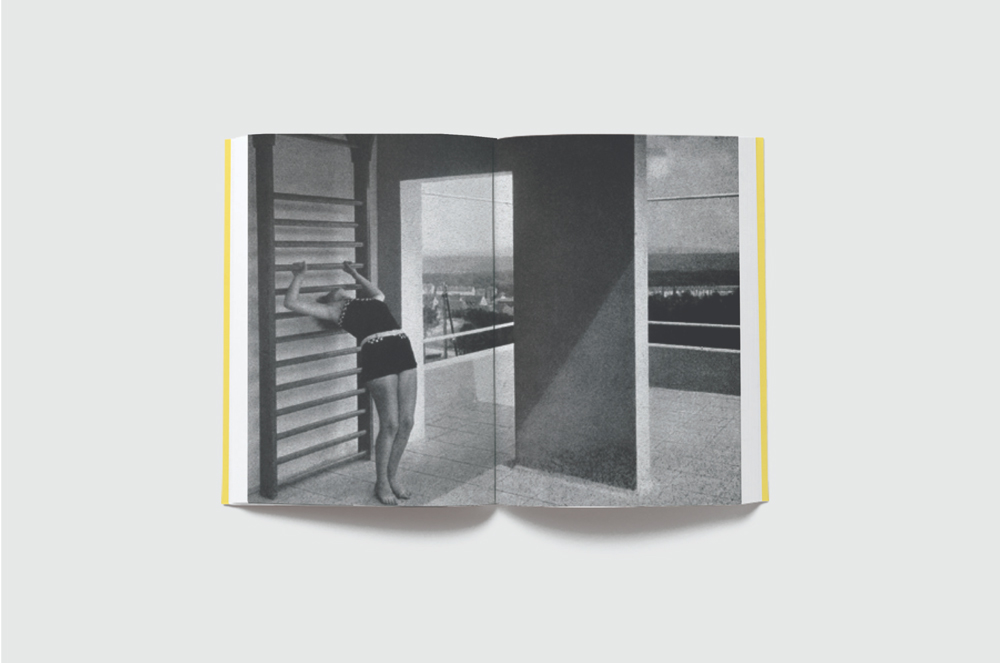
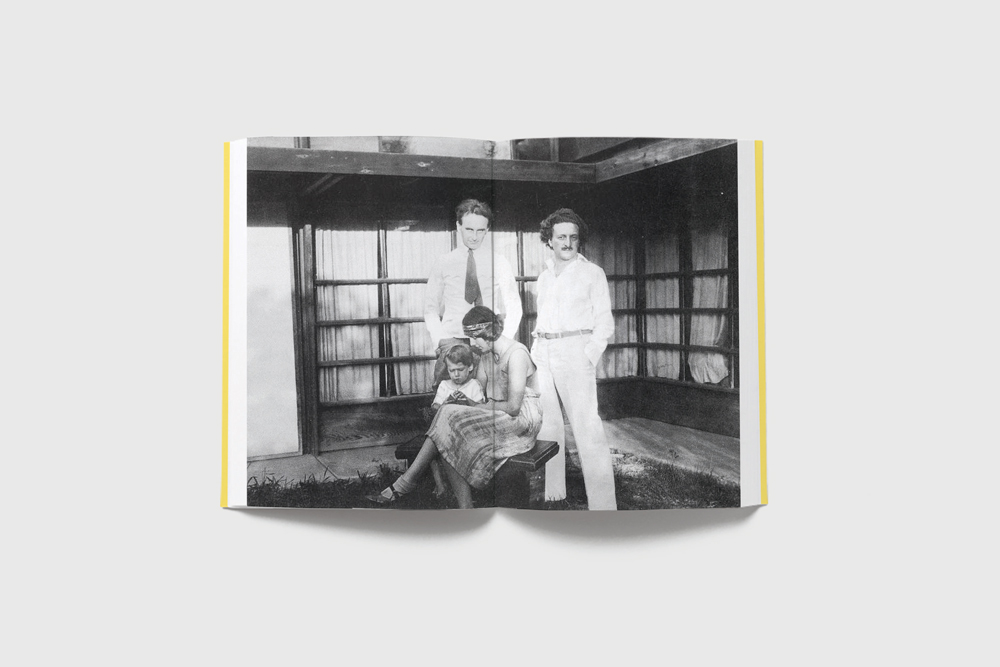
Richard Neutra and his family with Rudolf Schindler at home + two other images from Sunseekers: The Cure of California @Atelier Éditions
Neutra began by interviewing each member of the household (two parents and three sons, plus their housekeeper and cook) about their daily habits and needs
Lovell was deeply involved in the design of the Lovell Health House. Lyra’s research found that ‘Neutra began by interviewing each member of the household (two parents and three sons, plus their housekeeper and cook) about their daily habits and needs, and sought to build a house that would accommodate them, rather than impose his vision upon them. It seems like there wasn’t too much conflict between the architect and his client: through their attention to contemporary medical and architectural journals, they were both tuned into the latest developments in health design’. The house became a major sensation locally and put Neutra firmly on the map.
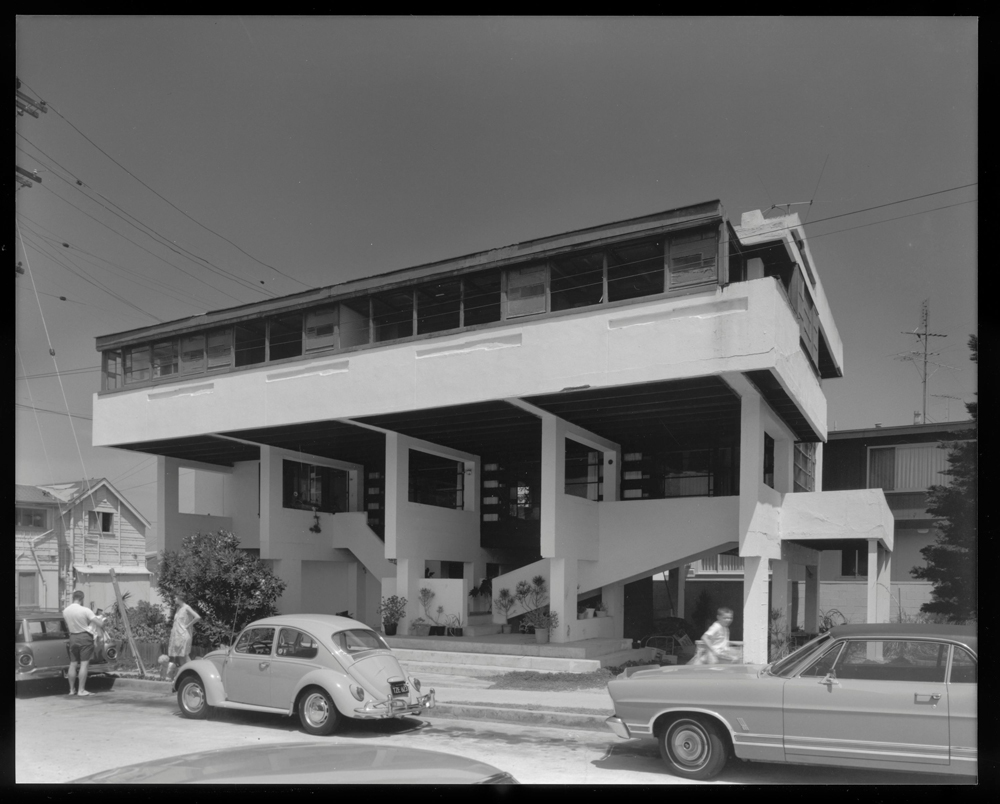
Job 4361: Lovell Beach House (Newport Beach, Calif.) Julius Shulman photography archive, 1936-1997. Series II. Architects, 1936-1997 © J. Paul Getty Trust. Getty Research Institute, Los Angeles (2004.R.10)
It was profoundly different to anything seen in California before, ‘Outdoor sleeping porches provided fresh air all night, large windows let in lots of sunlight, the kitchen was equipped for washing large amounts of produce for a vegetarian diet, and there was exercise equipment built into the backyard’. Regardless, this was not an extension of his practice, he had both ‘a gym and physical culture centre downtown for his clients’. But the showman in Lovell couldn’t resist inviting his audience to experience the Neutra steel-framed house … well from the road.
“Over several weekends in December 1929, thousands of curious Los Angeles residents traversed the winding, chaparral-fringed roads near Griffin Park to tour an extraordinary new house”
Lyra explains that it’s entirely understandable how it came to be that Los Angelinos and those drawn to its magnetic allure were, are and, undoubtedly, will continue to be, entirely comfortable with the notion of embracing experimental lifestyles. It was not by chance that the raw food fad began there that a young Morris Saperstein was drawn there. The New Age dawned in Los Angeles 100 years ago.
There was a boyA very strange enchanted boyThey say he wandered very far, very farOver land and sea
Nature Boy eben ahbez
How does Nat King Cole’s Nature Boy slot into the story? It’s so extraordinary that you couldn’t make it up; Brooklyn-born musician George McGrew, drawn to the LA lifestyle, arrived in the city in 1941 and played the piano at a raw food restaurant and shop called Eutropheon. The owners, John and Vera Richter, were self-declared Naturmensch who practised Lebensreform – which followed the German Wandervogel movement. Think very early adopters of the hippy movement, they grew their hair long, were vegan and of course .. wore beads; George entirely embraced the philosophy and became known in the local alternative scene developing around Eutropheon as eden ahbez (no capital letters). He removed himself to a cave near Palm Springs and wrote what would become the Nat King Cole classic, Nature Boy. So the story goes, eden eventually got a copy of the sheet music, with great persistence and chutzpah, to Nat King Cole’s valet. Cole loved the song, and so did audiences who heard it, not having the faintest idea what it was about. Something coming close to a manhunt ensured to find ahbez who had moved caves. Eventually found apparently under the Hollywood sign, ahbez sold the song to Cole. But that wasn’t the end of it as we are, after all, talking about the Californian music industry very aware of it’s own wellbeing and generally not known then or now for its kindness to individuals. Herman Yablokoff enters the story in 1951 claiming that eden ahbez had plagiarised his yiddish song Hush My Heart. If you listen you can see where he was coming from, Yablokoff received an out of court settlement of what today would be $300,000. Check out the link and if you stick with it about 2m in you will surely have an aha moment, eden wrote other songs for Cole and did carve out a career staying true to his lifestyle choices – though he did go bricks and mortar instead of rock shelter.
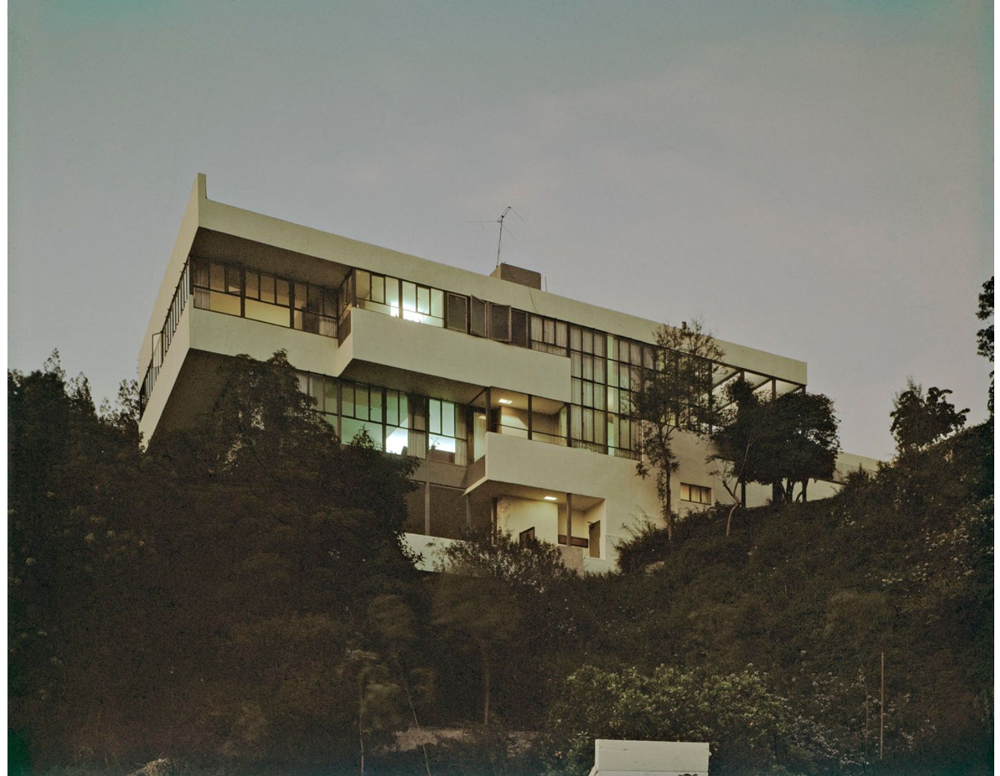
Julius Shulman photography archive, 1936-1997. Series II. Architects, 1936-1997© J. Paul Getty Trust. Getty Research Institute, Los Angeles (2004.R.10)
Images unless otherwise stated are the copyright of Sunseekers: The cure of California ©Atelier Éditions
Image 1) Job 761: Lovell House (Los Angeles, Calif.) 1950, 1965, 1967
Julius Shulman, photographer© J. Paul Getty Trust. Getty Research Institute, Los Angeles (2004.R.10)




